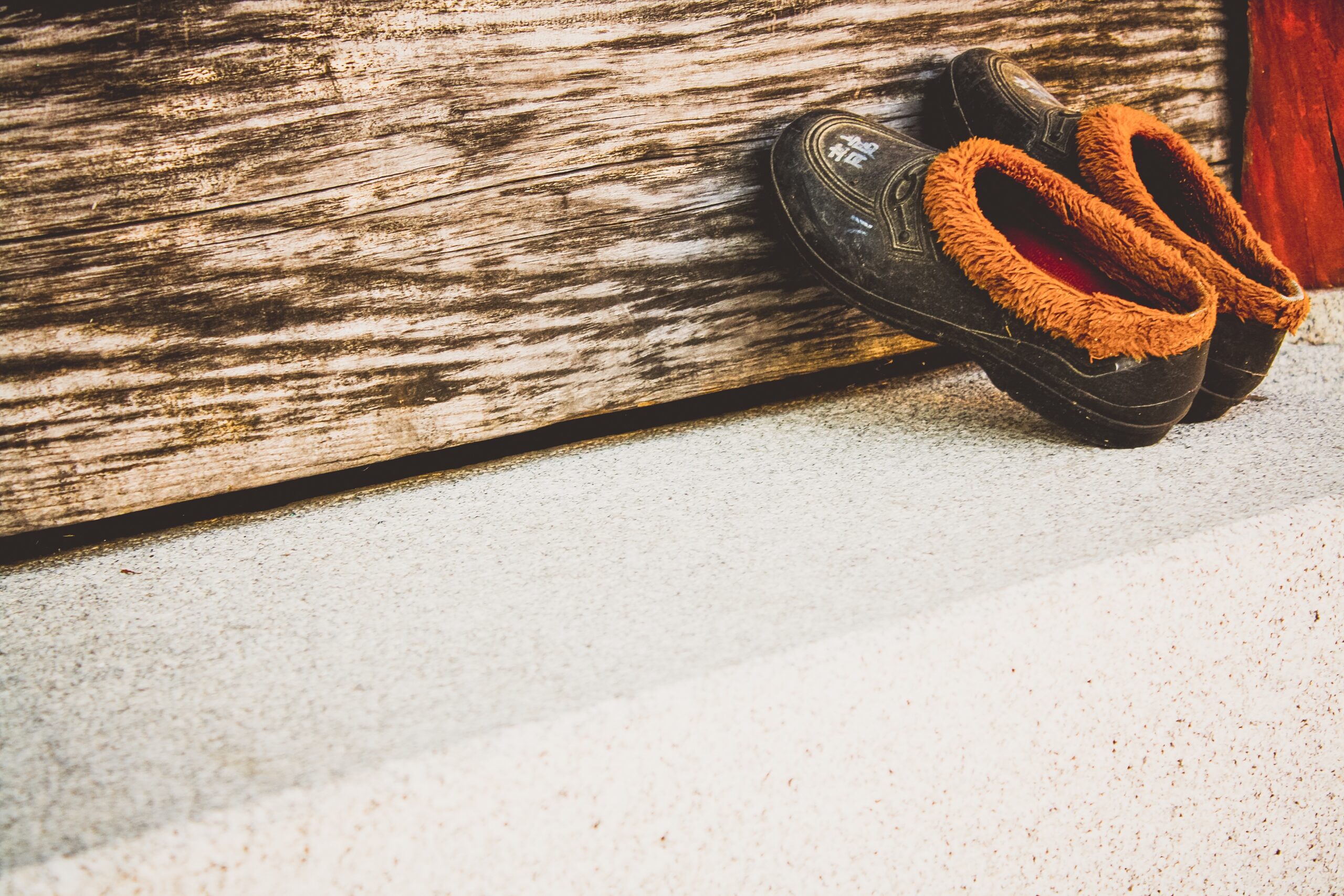
Winters in Finland are hard and long. It is the beginning of November and the first snow has fallen. Students of the third form of Kaisaniemi koulu, a primary school in the centre of Helsinki, don’t seem to care. They can play outside in the snow during school breaks. Then it‘s back into the classrooms – of course without shoes. They will stay behind.
Winters in Finland are hard and long. It is the beginning of November and the first snow has fallen. Students of the third form of Kaisaniemi koulu, a primary school in the centre of Helsinki, don’t seem to care. They can play outside in the snow during school breaks. Then it‘s back into the classrooms – of course without shoes. They will stay behind.
Winters in Finland are hard and long. It is the beginning of November and the first snow has fallen. Students of the third form of Kaisaniemi koulu, a primary school in the centre of Helsinki, don’t seem to care. They can play outside in the snow during school breaks. Then it‘s back into the classrooms – of course without shoes. They will stay behind.
Winters in Finland are hard and long. It is the beginning of November and the first snow has fallen. Students of the third form of Kaisaniemi koulu, a primary school in the centre of Helsinki, don’t seem to care. They can play outside in the snow during school breaks. Then it‘s back into the classrooms – of course without shoes. They will stay behind.
“You can learn better without shoes.“
A recent long-term study of the University of Bournemouth seems to confirm this statement scientifically. Researchers at the University of Bournemouth found that pupils who leave their shoes outside the classroom are more likely to arrive to school earlier, leave later and read more widely – ultimately resulting in better academic achievement overall.“[1]
Some thousand students from different countries had been observed in a period of ten years while this study was carried out. Mira who is ten years old and a student of a third form says: „Without shoes I feel much more comfortable and I can also learn better.“
Culture of „well-being“
In northern countries the idea of school lessons „without shoes“ has been put into practice mainly to avoid classrooms to become dirty during the cold and snowy months in autumn and winter. The reason for entering the classrooms without shoes was originally a hygienic one.
Experts, however, believe that learning without shoes has also a positive effect on the well-being of students and also on their achievements. According to the findings of the scientists from Bournemouth, students would feel more at home without shoes and thus would work in a much more relaxed way.
The term „well-being“ has a different and more broader meaning in Finland. Here, it has been realized that the well-being of students is a basic requirement for successful learning. (Sahlberg 2012). Also in the new Finnish curriculum (2016) the well-being of students is given an even greater significance than it already had.
Aspects that influence well-being
„A pupil shall be entitled to a safe learning environment. This includes physical, psychological and social safety.” (National Core Curriculum 2016).
Besides the teachers, the staff at the schools consist of different professional experts like nurses who are responsible for the health care of the students, or school psychologists, educational coaches and social workers who look after the private or social problems of the students. The general aim is to recognize the students as individual personalities and to see and accept the differences between them.
“The participation of the pupils and guardians and their experiences of being heard promote well-being and are important for the communal welfare“ (National Core Curriculum 2016).
The present national curriculum puts the main emphasis on creating an atmosphere of „well-being“ at the schools which is reflected by the learning environment and the fact that students should be more able to take part in the school community. Creating a structure for a learning community within the schools (National Curriculum 2016) will have an effect on the cooperation within the staff but also between teachers and students. “The (learning) community is strengthened by working together and through participation on all levels.”
Community structure within Finnish schools will be achieved by a strong cooperation between students and teachers , the students‘ active participation and identification with their school and group of learning. The main difference to other countries can be seen in the way people deal with each other and not so much in the structure of lessons. There are almost no hierarchies at Finnish schools, adults and students address each other with their first names and use the form „you“. The same applies to the communication between adults, no matter which position they have at school. The relationship between each other is characterized by mutual respect in spite of (or perhaps because of) apparently flat hierarchies.
In addition to that different concepts of how classrooms should look like may have an influence on the students‘ achievements. The specific demands for a teaching environment that caters for the different needs of the students are being analyzed in the project „Room and Inclusion“ at the University of Cologne. In this research project existing school buildings are compared and evaluated with respect to how much room the students need in the classroom. In this context schools in different countries have been observed and analyzed, among them also Finnish and German schools. It will be interesting to see the results.
[1] http://www.independent.co.uk/news/education/education-news/schools-encouraged-to-adopt-no-shoes-policy-to-improve-pupils-learning-and-behaviour-a7044576.html

Leave a reply